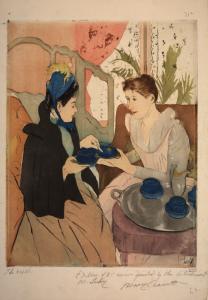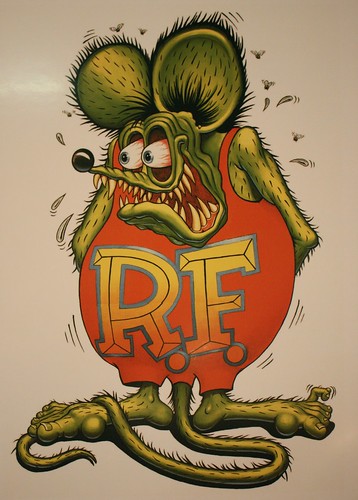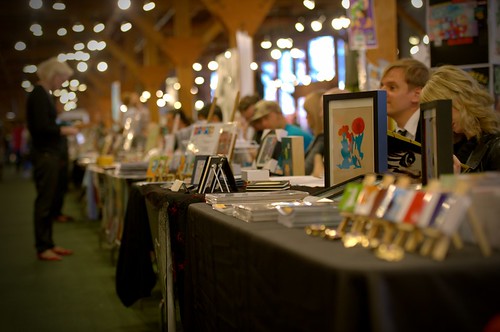The hands are the tools every artist requires to create with. Hand pain can be very debilitating to anyone who performs repetitive hand and finger motions. Pain to wrists, thumb muscles and finger knuckles are common among artists. This is because of the simple fact of the stress the hands undergo constantly in the processes of pottery-working, bead-working, sculpting, drawing, writing, painting, knitting and playing a musical instrument. *Having a strategy to minimize and ultimately avoid this unpleasant and distracting issue of pain is of great value to such individuals. Not only will it make working more pleasurable it should also aid in improving productivity.
 |
Our Hands, City of Chico, CA
Donna Billick, 2000
|

Aside from medicinal treatments such as menthol-based ointments and pain relief pills there are other things that can help manage existing pain. For soothing aching or stiff joints thermotherapy is a common treatment method. Knowing the nature of the pain or what is causing it is the key to effective hot and cold treatment of pain.
Cold therapy is best applied immediately after the onset of pain that may occur from overworking the joints and muscles of the hands. This is especially the case in pain resulting from an injury such as an over-extension or from the repetitive blunt trauma that occurs when pounding out clay, for example. The way cold therapy works is by decreasing the flow of blood to the area which minimizes the pain caused by swelling. Cold therapy is applicable in many ways including the use of gel cold-packs, iced compresses or by submerging hands and wrists in water with ice cubes.
Hot therapy is best used when pain is due to joints being stiff or to treat persistent muscular pain. Stiff muscle pain usually comes on after having to hold the hand in a fixed position for a lengthy amount of time. Think of how your hands feel after holding a paint-palette, a crochet needle, or gripping a chisel for an extended period. Heat therapy is applicable in basically the reverse version of cold therapy: heated gel-packs, hot compresses or by submerging hands and wrists in just bearably hot running water. Remember not to use hot therapy if there is swelling and do not use it on broken skin (e.g. wounds, surgical stitches).
In order to prevent hand pain here are some guidelines specifically for artists:
- Pay attention to posture. While seated or standing in the position you approach your art work consider these ergonomic concerns: Do you feel as though your back is supported? Is there sufficient light? Is there enough room to freely move your elbows and arms as you work? Straining the hands can occur due to one or more of these issues causing extra compensation in hand movements. Examine your work space for simple fixes you can make to add support, space and light. If any of these factors are lacking you could be working in an awkward position causing more stress on your hands and wrists. Change your angle, change your grip or even change your equipment or tools that you work with. The small things can make a huge difference.
- Remember to take breaks while doing artwork. When there is a deadline or inspiration has endowed you with more creative energy than usual it can be very tempting to power through even when you feel your hands are cramping. Listen to your signals and pause; your project will still be there when you come back to it later. Breaks do not mean you have to sit still or take a nap. What is important is that you vary the motion of what you are doing. Fun and light activities during your break like taking a short walk, playing with your pet, or tending your houseplants can be rewarding and also allow your hands to relax. This way you return to your artwork ready to begin again refreshed.
- Make it a habit to occasionally flex your wrists, make circular motions to turn them palm facing upward and palm facing downward, or make fists and rotate clockwise and counter-clockwise. This enhances circulation and stretches the muscles effectively combating stiffness. Surgeons and massage therapists both employ this exercise regularly to be able to perform at their best.
- Thermotherapy – yes, again - for the aim of prevention instead of treatment of existing pain the pattern of application is typically either cold/hot/cold or hot/cold/hot. Pay attention to what is most effective and make these treatments part of art-breaks. You may even try working on a particularly intensive project after a hot bath or shower so that your wrists are warmed up and less stiff.
- Wear stress-relief gloves that support the muscles of your hands to decrease strain while you work. These gloves have been specifically designed with crafting in mind, so they are finger-less and made of durable material. You can find them in art supply stores usually in the knitting/needle working section.
If the pain is not treated properly, the injured part of the hand does not rehabilitate. In such a scenario involving the hands of an artist, it is possible that they would have to give up practicing their craft. I hope this article helps you take good care of your hands so you can stay pain-free and keep making wonderful art.
*The advice in this article is not meant to replace traditional medical treatment. If you experience recurring or intense pain, please follow the recommendations of a physician as needed.
Our Hands at top of this essay is public domain














.png)




